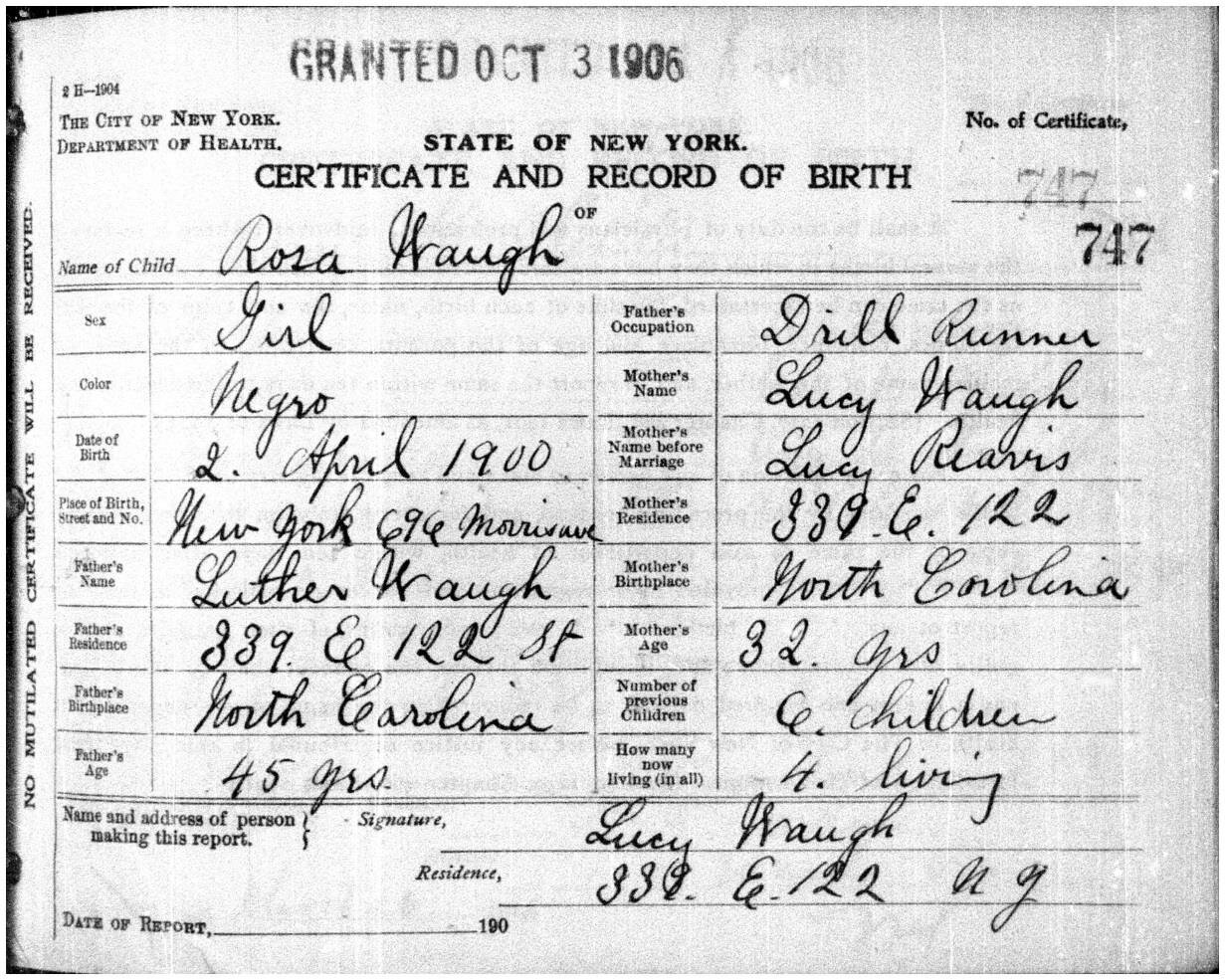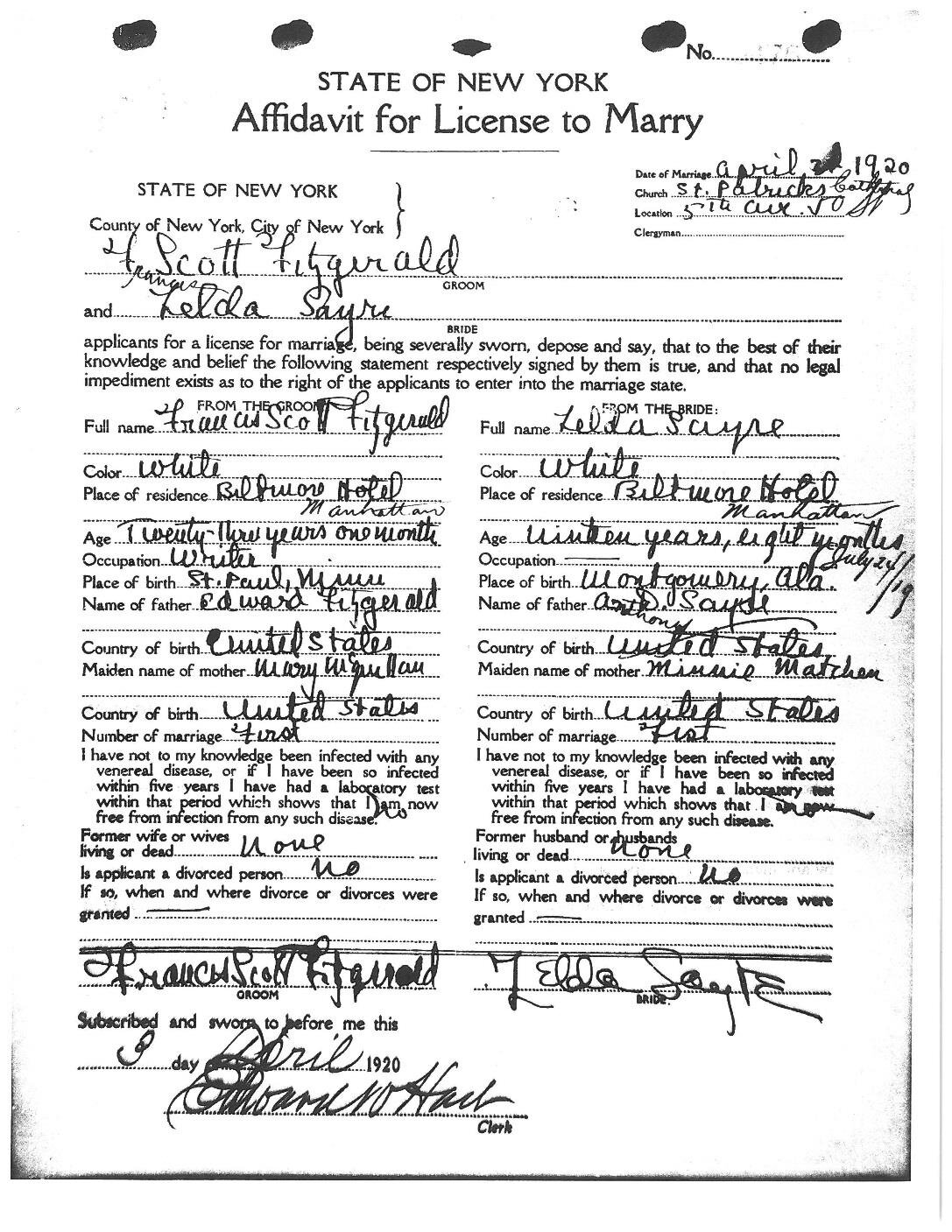This is the first ‘how to conduct research’ blog in On the Record. It provides essential information about the vital records collections at the Municipal Archives. This blog is adapted from a program Marcia. Kirk recently recorded for a genealogy seminar. A subsequent blog will take us “beyond the basics.” Future blogs by subject-matter experts will provide instructions on how to research other Municipal Archives collections.
What are vital records, and why are they important? Vital records document major events in a person’s life: people are born, sometimes they get married, and unfortunately, they die.
Historical records of births, deaths and marriages that occurred in New York City are maintained in the Municipal Archives. If the event occurred outside the five boroughs, the record would be on file at the New York State Department of Health in Albany, or in some instances, with the clerk of the local town. Births reported after 1910, and deaths reported after 1948 are available from the Department of Health and Mental Hygiene and marriages reported after 1949 are available from the Office of the City Clerk.
The holdings of the Municipal Archives include all extant vital records for the five boroughs as well as the towns and villages that were consolidated into the Greater City of New York in 1898. Municipal Archives Genealogy Collections
Researching the records
The birth, death and marriage records are filed and indexed according to the Borough where the event took place.
Most of the vital records are in a certificate format. The certificates are numbered consecutively beginning with certificate number one on January 1 of each year. The records of each Borough are filed separately.
To find a certificate, it is necessary to search an index to identify the Borough, year filed, and the certificate number.
Where are the indexes?
Most of the indexes are available online. They are available on the local Italian and German genealogy organization website; at www.Ancestry.com; and at www.Familysearch.org. Most online indexes were created by people transcribing and/or machines reading the original hard-copy indexes which means there are mistakes in the online versions.
At the Municipal Archives researchers can view the online indexes as well as the original indexes. Sometimes it is necessary to go to the original indexes when a mistake is found in the on-line version.
Locating a certificate requires the researcher to use an index to search for the Borough, year filed and the certificate number.
Births records:
It is important to note that about 25% of births during the time correlated with the Municipal Archives holdings (prior to 1910) were not reported to City government. Children were born at home and sometimes the family or persons assisting at the birth did not know the requirement or perhaps were not literate in English. More consistent birth registrations began when new legislation was enacted in 1913. (The Municipal Archives birth holdings date prior to 1910.)
When conducting a search in the indexes it is really important to keep the search terms as broad as possible. Sometimes a person’s first name is not what it is thought to be.
I came across an unfamiliar name when researching my own family. I asked my Aunt who said, “oh, that’s cousin Dolly!” Another problem is one I encountered when researching my McCabe ancestors. McCabe is a common name and there are hundreds of people with the same name.
The Municipal Archives collection of birth records totals more than 2 million certificates. All of them have been digitized.















